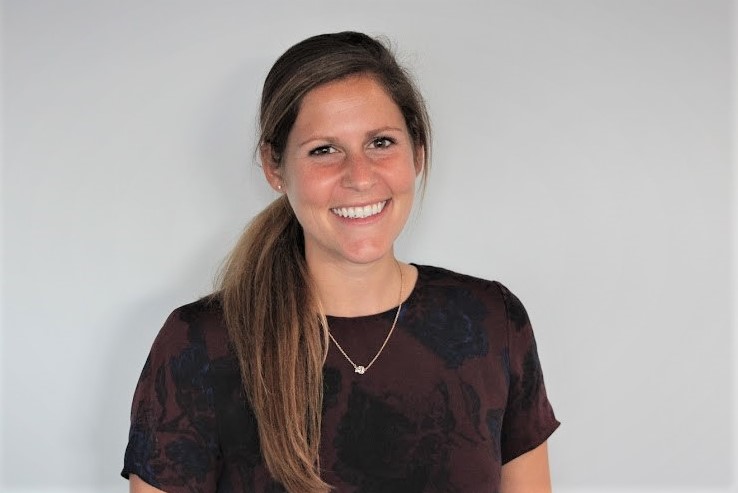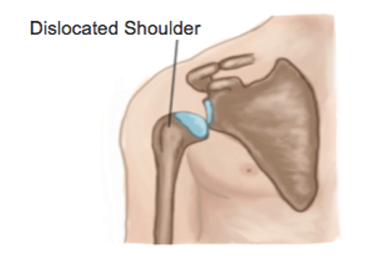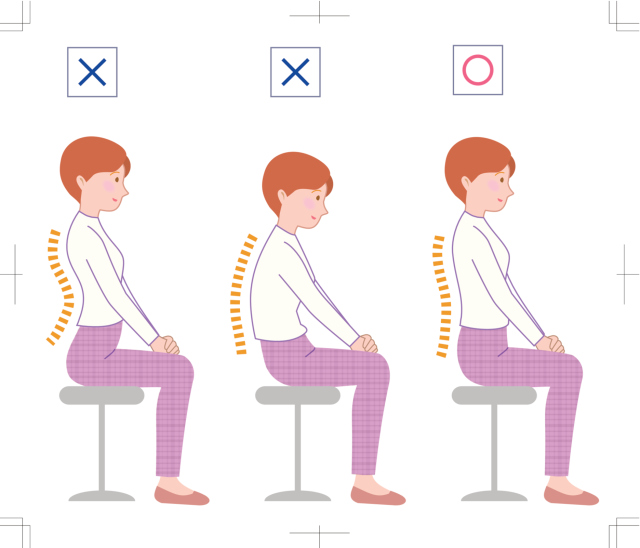Q&A with Chiropractor, Patti Farrel

Active Release Technique Provider
Medical Acupuncture Provider
1) What is chiropractic care?
‘Chiropractic’ comes from the Greek words ‘cheir’ and ‘praktos’, which translates to ‘Done by Hand’. It is an evidence-based, non-invasive, hands-on health care discipline that focuses on the musculoskeletal system. Chiropractors practice primarily using our hands, providing diagnosis, treatment, and preventative care for disorders related to the spine, pelvis, nervous system, and joints. We use spinal adjustments to help regain mobility in the joints and soft tissue work to help with ranges of motion. It is a regulated health profession, and nearly 2.7 million individuals in Ontario rely on chiropractic care every year to help them live a happy, active life.
2) What conditions do you mainly treat?
People mostly come in for neck and low-back pain, which are largely due to posture. Those who sit, hunched over at their desk all day start to get tightness in their neck and lower back due to prolonged tension of certain muscles, and disuse of others. This causes muscle imbalances and can lead to problems such as headaches, shoulder pain, neck pain, and low back problems. I find that postural issues are definitely the most common, however I do treat and have experience with a variety of issues ranging from ankle and foot problems, knee issues, shoulder pain, and elbow and wrist complaints.
3) What distinguishes chiropractic care from physiotherapy?
They do overlap a lot, especially with the more modern chiropractic techniques. We can use modalities, such as laser therapy, electrotherapy, and ultrasound, and we do a lot more than just adjustments. One might see a physiotherapist for an ankle sprain or a shoulder problem and see a chiropractor for spine related issues, but at the end of the day, we can both treat all of those issues.
4) How did you get into chiropractic care?
I grew up playing a lot of sports and seeing physiotherapists and chiropractors. I found that chiropractic helped me the most. My chiropractor wasn’t your traditional chiropractor; He would do acupuncture, ART (active release therapy), as well as adjustments, and this opened my eyes to what chiropractic really was. I then went to the University of Western Ontario for Kinesiology and took courses like anatomy, biomechanics, physiology, and sport injuries—all of which I loved. After taking all these courses, I was able to better understand everything my chiropractor was talking about when he was teaching me what was going on in my body and why I’m experiencing certain symptoms. That’s when I realized I want to do this for other people. Chiropractic is a combination of all the courses I love, along with the fact that I am able to help and teach people for a living. I also knew I couldn’t just sit at a desk as I’d get too fidgety and bored. Chiropractic is something different everyday, you know? It keeps your mind sharp because you’re always learning new things and interacting with so many different people.
5) How many years of experience do you have as a chiropractor?
I graduated from Canadian Memorial Chiropractic in 2016 and have been practicing since September of 2016 so I am just coming on 2 years of practice!
6) Do you have a favourite therapy or treatment? (ART, acupuncture, adjustments, etc)
I can’t say I have a favourite therapy or treatment – I think it depends on the condition I am treating at the time. For example, I love using acupuncture for shoulder and hip problems, however for neck and low back pain I love using ART and adjustments.




